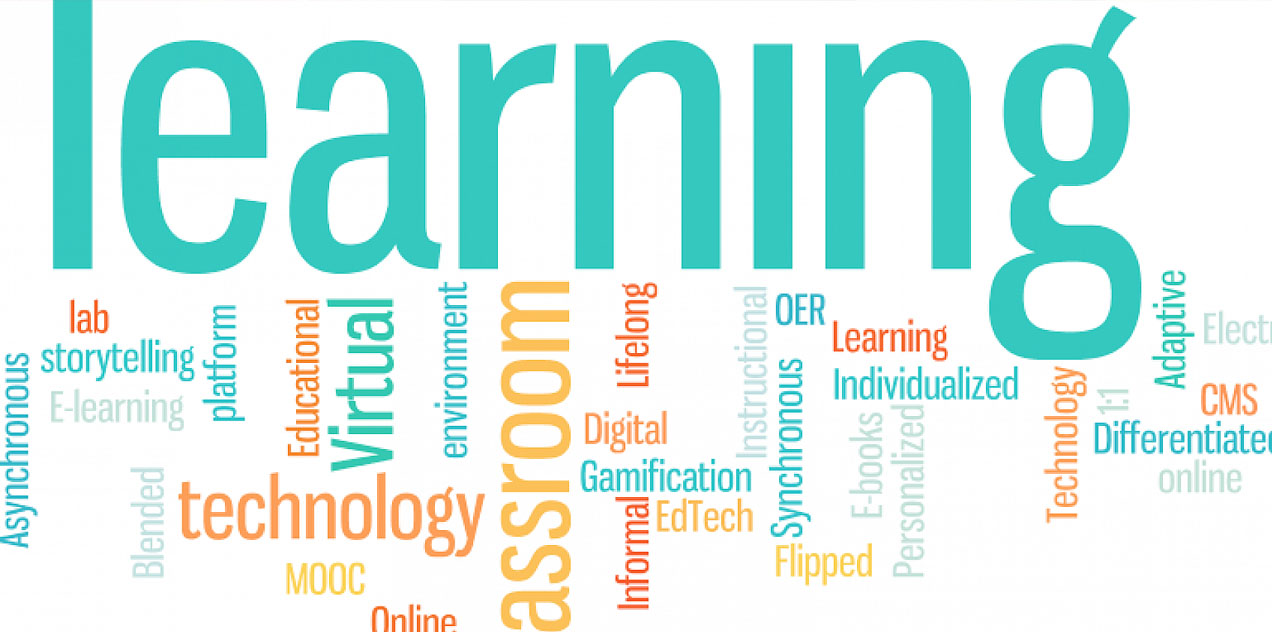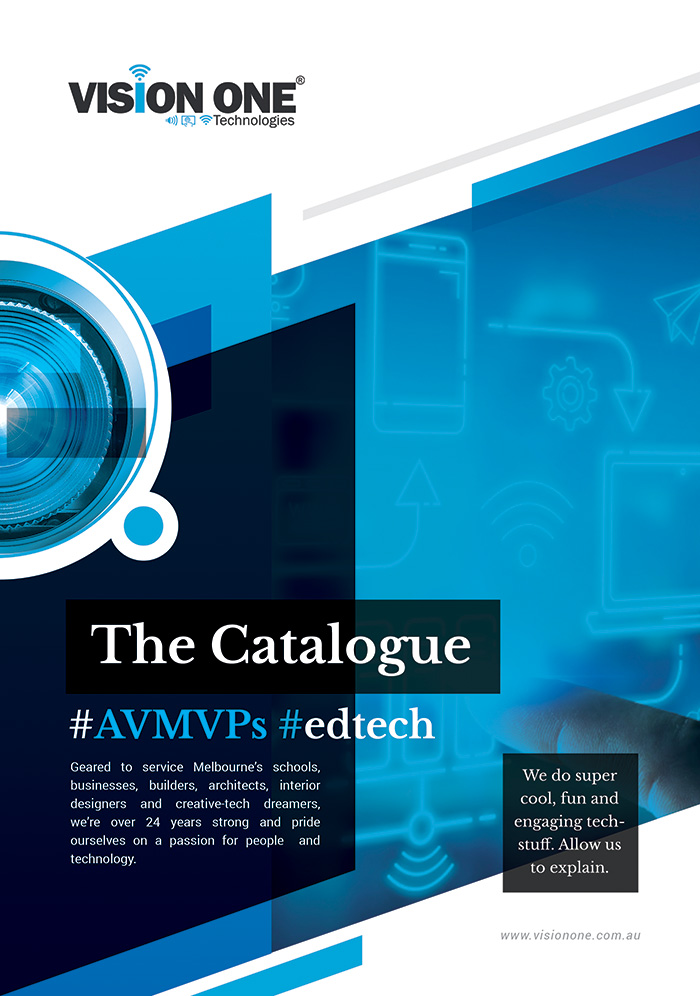Technology in Education: A Future Classroom
We've all come to learn how impactful technology is on the classroom. Often, when teachers...
6 New Technology in the Classroom Tricks
As we’re well into the 21st century, we have witnessed an unprecedented upheaval in the...
Five Strategies for EdTech Success During the School Year
Before your students even enter the classroom, here are five strategies you can implement make...











